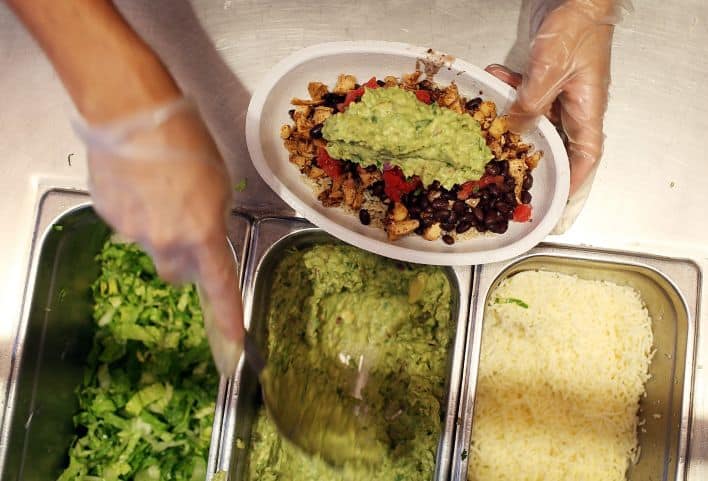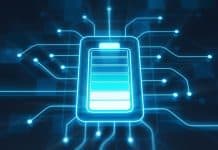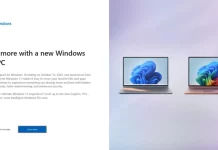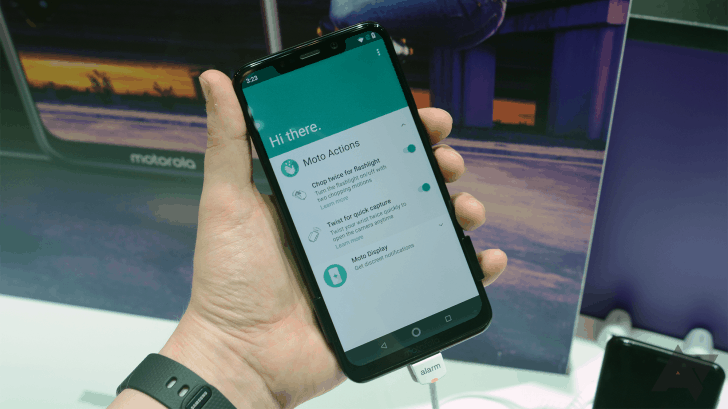
Dieters looking to stick to their New Year’s resolutions need look no further than their local Chipotle.
The burrito restaurant introduced a collection of “lifestyle bowls” earlier this week, available exclusively through its mobile app and website. The new offerings use the same ingredients that Chipotle has always offered, but are catered to folks adhering to the popular keto, paleo, Whole30 and other protein-rich diet plans.
The bowls are a bit pricier than a traditional bowl as they all contain guacamole or double the meat, both extra charges at the chain. Without add-ons, salads and bowls cost between $7.60 and $8.60, as priced at a New Jersey Chipotle restaurant. In comparison, these lifestyle bowls run from $10.30 to $11.15.
The appeal of the bowls is that dieters don’t need to build their own or try and figure out what items fit their diet plan, Chipotle does it for them.
However, these dishes aren’t just a way for Chipotle to lure health-conscious diners back into its restaurants. The online-only availability of these meals is a strategic move by the company to coax more customers to order digitally.
This is a relatively low-risk plan for Chipotle, with the possibility of high returns, Peter Saleh, analyst at BTIG, told CNBC.
The lifestyle bowls contain all of the ingredients that Chipotle already has in house. It hasn’t had to introduce a new menu item, just repackage what it currently sells. So, any investment the company has spent is solely in its promotional efforts.
“If it doesn’t work, there’s no harm, no foul,” Saleh said.
But, if it does work, this promotion has the opportunity to materially and positively change Chipotle’s sales and traffic, he said.
To start, it entices customers to spend more. Not only are the bowls a bit more expensive than a traditional bowl without any add-ons, diners who use apps and online ordering tend to spend more because they have more time to peruse the menu and restaurants have a better opportunity to up-sell them with items like chips, drinks and desserts.
Then there is the loyalty factor. Saleh said diners who use digital methods to order are at least three times more likely to use this method going forward.
“We are pleased with the response we are seeing so far,” a Chipotle spokesperson told CNBC. ”…Offering Lifestyle Bowls is a great way to connect with all consumers, but especially digital users looking for an easy way to order bowls with real ingredients that fit their wellness goals.”
CEO Brian Niccol, who took the helm at Chipotle in March, has championed upgrades to the company’s mobile app, its internal software and in-restaurant technology. The company invested $135 million in mid-2018 to improve speed of service, launch a new ad campaign and close up to 65 underperforming restaurants.
Niccol’s goal has been to remove friction in all aspects of the process, from ordering to making the food, so that it gets to customers faster.
In the third quarter, the company reported that digital sales had grown 48.3 percent during that three-month period to account for 11.2 percent of the overall sales.
To cater to the increasing demand from digital orders, Chipotle has been updating its kitchens with a second line to assemble orders. These are buffets similar to the one at the front of the store, but are just for digital orders. At peak hours, these stations are manned by two to three employees. Comparatively, the traditional front counter is manned by five to six employees.
As more orders go digital, the less backup customers will see if they decide to go into the restaurant to order. Digital orders also give Chipotle employees more time to put together a burrito bowl or salad. There isn’t the same immediacy as when customers are waiting at the counter.
Going forward, the company is set to roll-out digital order pick-up shelves, which are meant to prominently display online orders once they have been filled. It also will test dedicated drive-up windows for guests who are picking up an online orders.
























